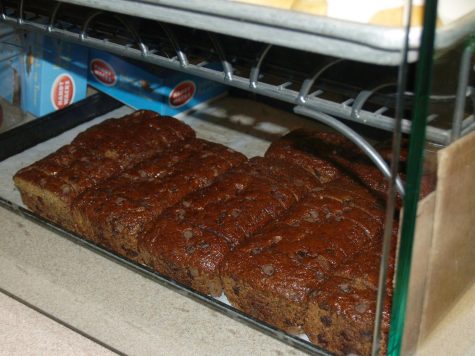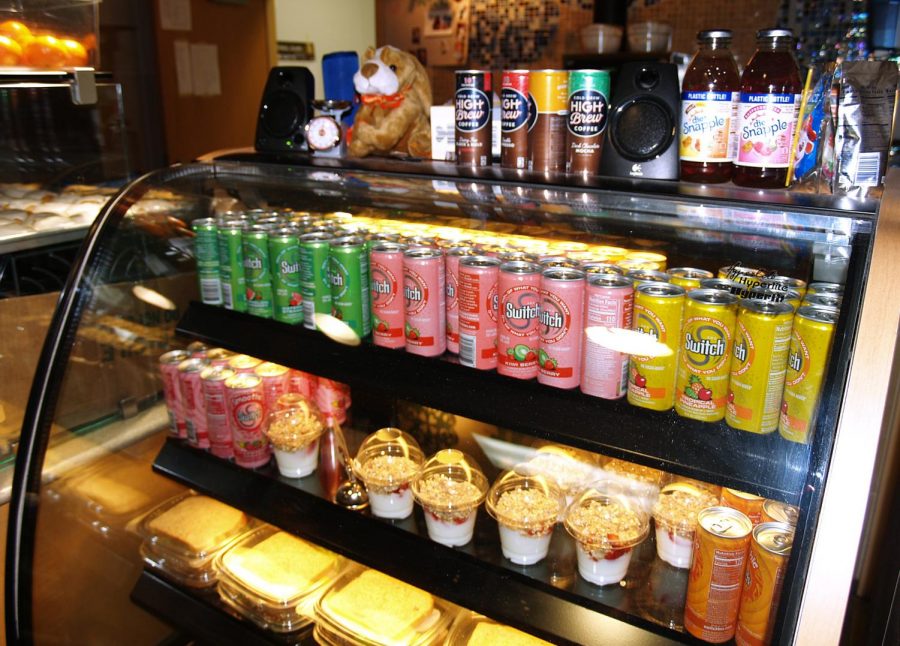Eating in Class: Good Time-Management Option or Class Distraction?
March 20, 2020
Whether or not students should be allowed to eat during class time is a standard debate among schools and teachers. Policies vary between school districts from only allowing water in classrooms to granting permission for students to eat a variety of snacks. Fortunately, our school is flexible with food options and snacking times, and this has proven beneficial both to learning and to students’ health.
Research has shown a direct link between skipping meals and lack of concentration in school. For example, skipping breakfast lowers a person’s blood sugar levels. Since the brain functions on glucose, not eating breakfast can degenerate brain health. Studies also show skipping meals lowers test performance and inhibits mental stamina in class.
The same effect of not eating breakfast can be achieved by having a late or earlier lunch. When a student doesn’t eat for five to seven hours, attention, memory, and participation can drop.
Regulating blood sugar is important to a healthily-functioning brain, which is why periodic snacking during the day can be beneficial; however, some foods obviously provide better nutrients than others. The good thing is, many teachers have relaxed snacking views and snacking-related distractions are not a huge problem.
Mrs. Ehalt-Bove, a Spanish teacher at Minnetonka High School, said she “lets her students eat in class during all hours.”
Clear exceptions include food ordered from outside restaurants and potentially allergenic foods. In terms of distractions due to snacking, Bove has witnessed situations in which snacks are disruptive.

“Most of the time, it’s students sharing food or asking each other for food,” Bove explained.
This point contributes to the idea that students cannot focus without regular food intake. The smaller distraction of classmates sharing food only further proves that, when kids are hungry, they naturally attend to their first instincts instead of solving chemistry equations.
Students are also aware of the distractions due to snacking. Dina Kuyen, ‘21, said she usually buys snacks from the vending machine to eat around lunch time. She understands that others can be bothered by particularly loud snacks, such as chips.
“I feel like it’s disrespectful so I try to [eat them] less often,” said Kuyen.
Another Minnetonka Spanish teacher, Mr. Benjamin Larson, agrees that “young people need to eat food with all the activities and learning that need to take place.”
Larson continues by describing how the amount of distracting and allergenic snacks in the classroom have decreased due to SAIL time. SAIL is a perfect opportunity for students to eat a snack earlier in the morning, whether they bought food from various places, such as the Cove or the Buoy, or brought it from home. Between second and third hour is a great time for students to relax for ten minutes, but many students become hungrier nearing fourth or fifth hour, depending on when they have lunch.
Many students have been in situations where they couldn’t focus in class because they were hungry. In these scenarios, allowing kids to have a snack in class is extremely important in encouraging their learning. By letting students eat non-allergenic or non-distracting food in class, teachers promote students’ health and a better class experience.






























